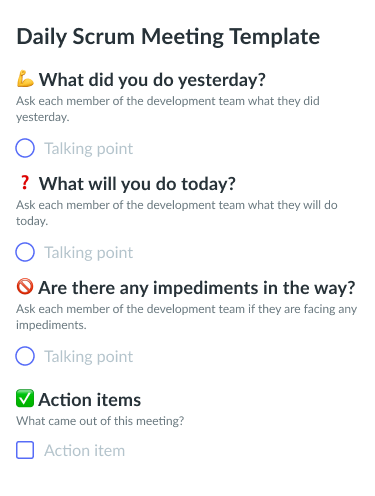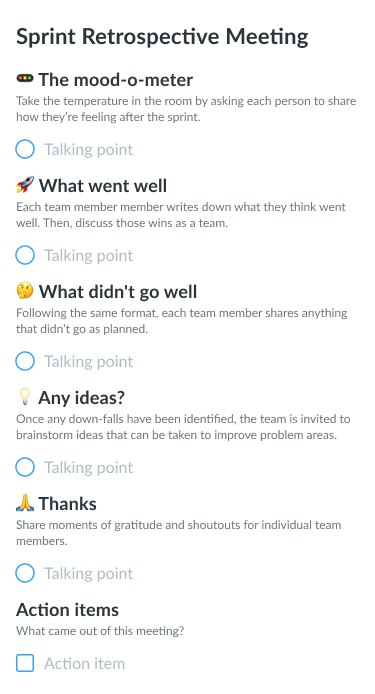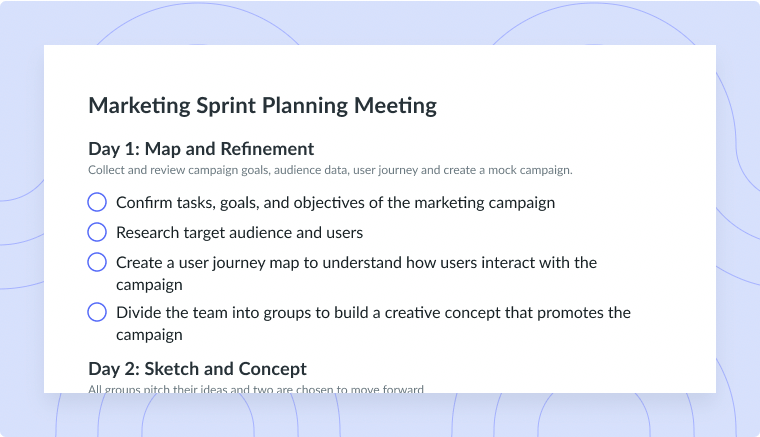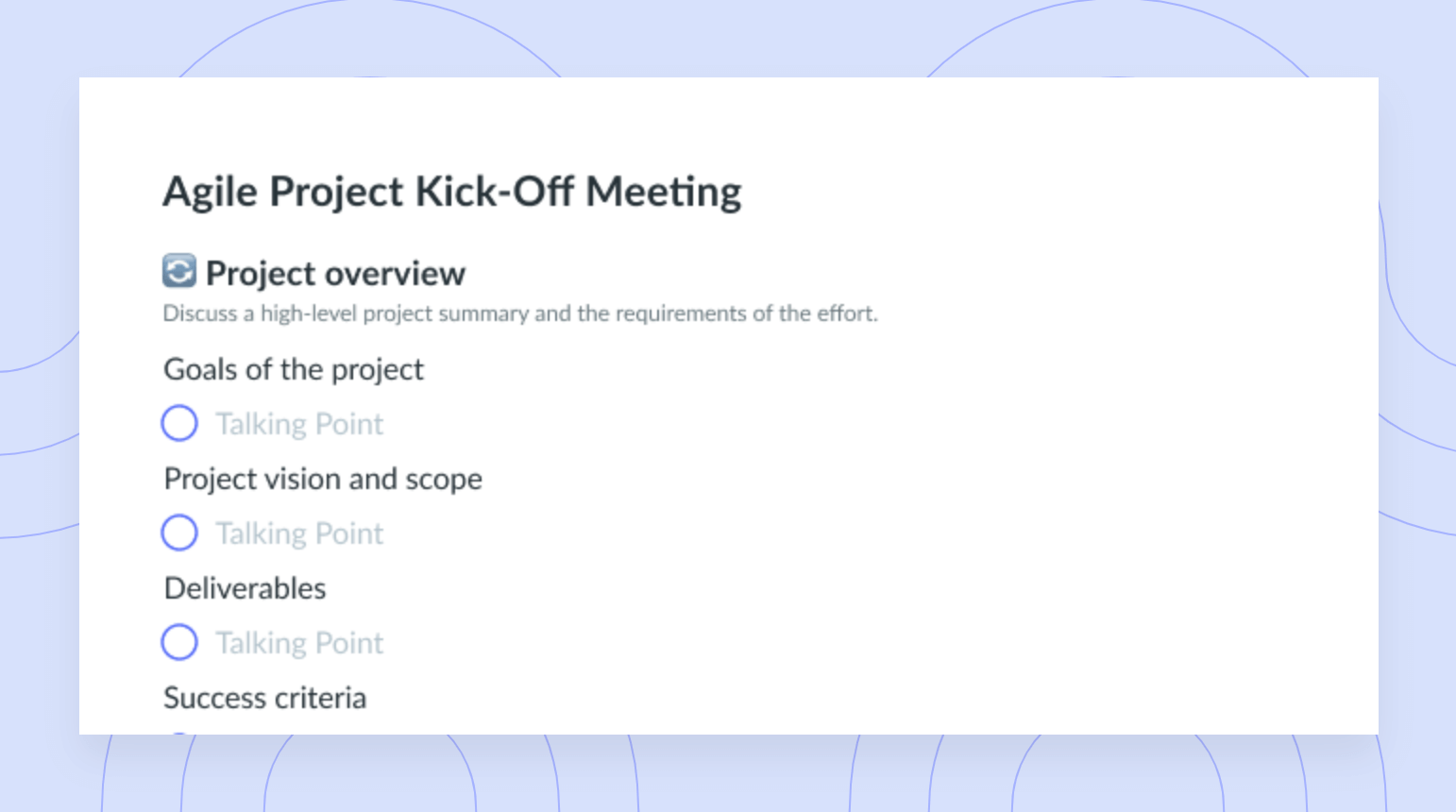Agile Engineering Benefits and Best Practices
Check out these agile engineering best practices to increase customer satisfaction and improve product development.
Agile engineering boasts a variety of benefits when compared to traditional engineering: agile engineering increases customer satisfaction, improves communication, increases problem-solving skills in engineering teams, lowers risk through continuous communication, fosters an environment that encourages constructive feedback, improves product quality, and saves time and money.
In this article we’ll dive deeper into the benefits of agile engineering while covering some key best practices to consider when practicing agile engineering.
What is agile engineering?
Agile engineering is a modern approach to engineering that favors speed, innovation, and the practice of making constant iterations based on consumer feedback. From a product development standpoint, agile engineering often entails testing a prototype with a group of consumers and making iterations based on their feedback. This practice is then often broken down into sprints that are backed by user feedback where engineers, engineering managers, and product managers work in tandem to build a product that fulfills the needs of the consumer. Rather than starting out with clear-cut instructions or guidelines from the get-go, agile engineering refers to the process of defining project requirements as the team works to solve common pain points or address needs.

Run efficient meetings, come to a decision, and get back to work
Increase meeting engagement and productivity with a collaborative agenda that the whole team can contribute to. Try using a tool like Fellow!

Benefits of agile engineering
- Boosts customer satisfaction
- Fosters quick problem solving
- Encourages better communication
- Reduces risk with continuous testing
- Creates physical prototypes to gain constructive feedback
- Improves the quality of the product
- Saves time and money
1Boosts customer satisfaction
Unlike a more traditional engineering approach, agile engineering is customer centric. Project parameters and guidelines are created and continue to unfold as the prototype is tested with the focus group or consumer base, meaning everything is designed based on their direct feedback. Instead of seeking feedback after the product has been shipped, teams practicing agile engineering gather feedback throughout the duration of the development process; this way, consumers are involved and able to provide feedback and unique insights for the duration of the project as opposed to strictly after the final release. As a result, consumers are much more inclined to be satisfied with the product.
2Fosters quick problem solving
Agile engineers move fast and innovate even quicker. Everything they do is on the fly and evolves as the team continues to test the prototype and gain feedback. As a result, these engineers are expert problem solvers. They understand the importance of moving quickly, and problem solving is at the core of everything they do. As they continue to test the prototype, agile engineers continue to uncover user pain points or areas that need improvement. They may even discover a need for additional product features or new workflows, meaning they’re constantly in an innovative state that requires them to think on their feet.
3Encourages better communication
Nothing is static or constant in agile engineering. Instead, engineering teams are forced to collaborate to solve problems and seek innovative solutions. In addition, nothing is a singular effort; teammates are forced to communicate frequently so they can work together to solve bugs and ship comprehensive product updates. As a result, communication is a must. Because of this constant communication and problem solving, bonds are forged and working relationships are strengthened between engineers.
4Reduces risk with continuous testing
Whether your team is practicing agile engineering or not, risk management and mitigation should be top of mind. Continuous testing and iterating are constants in agile engineering as these practices help to reduce risk. With a more traditional engineering approach, it would be customary to grind first and ship after. Your team would most likely be working towards completing a product and shipping it before doing any testing. With agile engineering, your team will test on a prototype throughout the development process and make continuous iterations and improvements, therefore helping mitigate risk.
5Creates physical prototypes to gain constructive feedback
Feedback is a gift and it’s even better when you’re able to receive it on a continual basis. Agile engineering allows teams to create physical or interactive prototypes that can be used to gain constructive feedback. This feedback can then be used to ship a product that consumers will love.
6Improves the quality of the product
Quality is often top of mind for engineers, but agile engineers take it one step further by prioritizing quality throughout the entire development process. While traditional engineers would test quality with their consumer base after the product has shipped, agile engineers are constantly testing with the intended consumer, ensuring the prototype meets their standards before the product has even launched.
7Saves time and money
Agile engineering is all about speed and innovation. Instead of releasing a product and garnering feedback after the fact, agile engineering makes it possible to gain feedback throughout the entire process, so changes and improvements are constantly being made. In addition, testing with a prototype is a great way to cut costs. Instead of testing with a fully functional product that took tons of time, money, and engineering resources to build, you can test with a less costly prototype and invest the time and resources it takes to build a stellar product after you’ve ensured you’ve identified a product market fit and met consumers expectations.
Agile engineering best practices
- Keep alternative solutions documented
- Host sprint planning meetings
- Meet with other departments
- Update team members with daily scrums
- Hold a retrospective meeting
1Keep alternative solutions documented
It’s best to keep track of all alternative solutions in case the provided solution proves to not be beneficial. Keeping track of alternative solutions will ensure your team has alternative routes that can be explored should the need arise—like if the decided-upon solution doesn’t satisfy consumers, for example. Tools like Fellow make documenting alternatives easier than ever.
Using Fellow, you can leverage the tag “#solutions” when writing solution ideas in meetings notes. Then, you can search this tag at a later date when you’re in search of a new solution.

2Host sprint planning meetings
Sprints are imperative for agile engineering teams and it’s best to include your teammates when planning your upcoming sprint. Instead of crafting the sprint on your own, include your teammates so they’re aware of upcoming projects and you’re aware of their capacity and current workload. Hosting a sprint planning meeting will also ensure everyone is on the same page and ready to conquer the upcoming sprint as a collective. Reference the below sprint planning meeting agenda template to ensure your next meeting runs efficiently from start to finish!

3Meet with other departments
One benefit of agile engineering is having the freedom to be flexible in how you plan and communicate with other departments. Because of the flexible nature of agile engineering, you should prioritize communication with other departments and ensure everyone within the organization is aware of any changes that may arise during the development process. For example, if your team is gearing up to ship a new product, you may want to communicate with the marketing team to ensure they have everything ready to launch a marketing campaign in tandem with the product launch.
4Update team members with daily scrums
Scrums are a great opportunity to align your teammates. Hosting daily scrums provides you with an opportunity to make sure everyone’s on the same page. These meetings can be used to discuss tasks and timelines, learn what everyone’s working on, brainstorm solutions to blockers or any issues that may be hindering success, or even just catch up with your teammates.
Daily scrums also offer your teammates a space where they can share their progress. You can then use the information from these meetings to track progress and learn how your team is progressing towards your sprint. To ensure your daily scrum meetings run smoothly, reference the below daily scrum meeting template:

5Hold a retrospective meeting
Running successful sprints is extremely important, and sprint retrospective meetings are a great way to identify any pitfalls and make improvements. Not only do these meetings allow you to make iterations and improve future sprints, but they can also help you to identify successors and celebrate wins to build morale. Use the below sprint retrospective meeting agenda template to reflect on a sprint, identify past pitfalls, and propose new ideas:

Increase customer satisfaction and improve product development with agile engineering
There are so many benefits of agile engineering; it boosts customer satisfaction, fosters quick problem solving, encourages better communication, reduces risk through continuous testing, creates a space for constructive feedback, improves the quality of the product, and saves time and money, to name a few.
Hosting sprint planning meetings, holding retrospective meetings, updating team members with daily scrums, and documenting alternative solutions are all things you can do to ensure your team is working efficiently. Considering these best practices will ensure your engineering team is practicing agile engineering with force and determination.

![Software Engineering Scrum Meetings 101 [+ Free Templates]](https://fellow.app/wp-content/uploads/2022/07/Software-Engineering-Scrum-Meetings.jpg)
![Everything You Need to Know About Engineering OKRs [+ Examples]](https://fellow.app/wp-content/uploads/2022/06/Engineering-OKR.jpg)
![Product Management OKRs 101 [+ Examples]](https://fellow.app/wp-content/uploads/2022/05/Product-Management-OKR.jpg)




![How to Run an Engaging Sprint Retrospective Meeting [+ Free Templates]](https://fellow.app/wp-content/uploads/2022/02/retro.jpg)



















